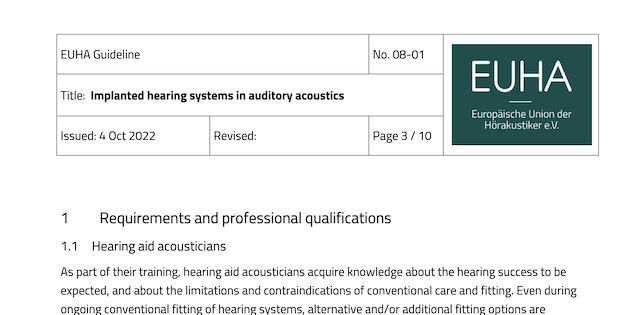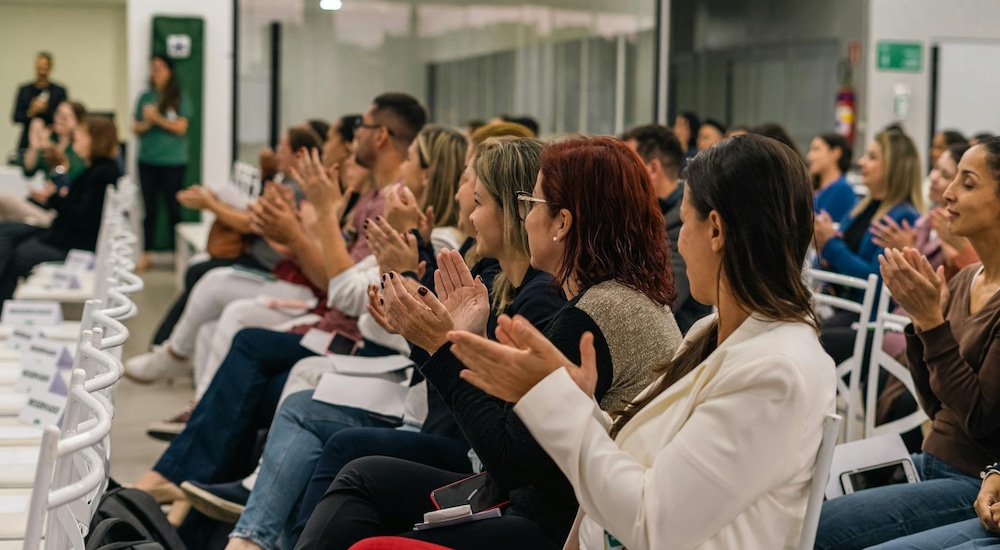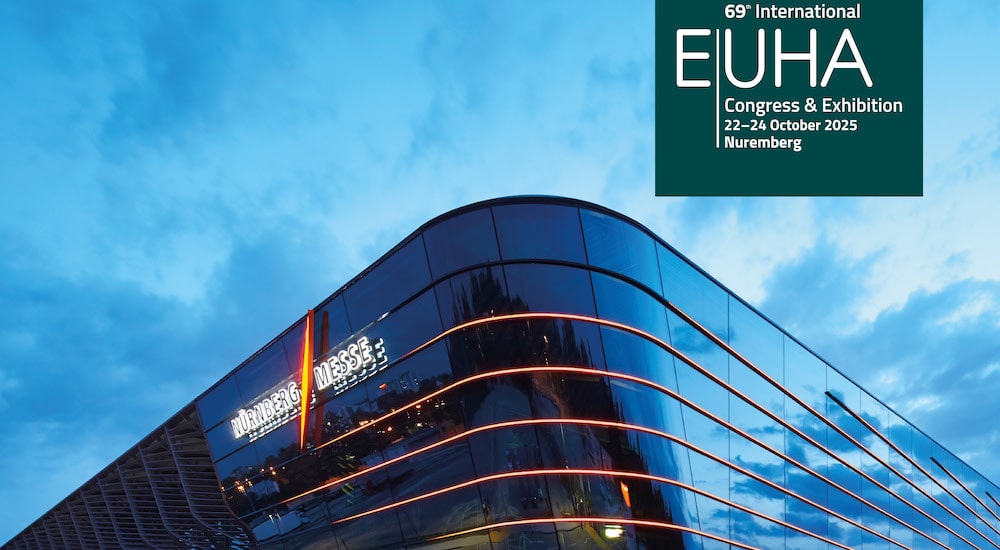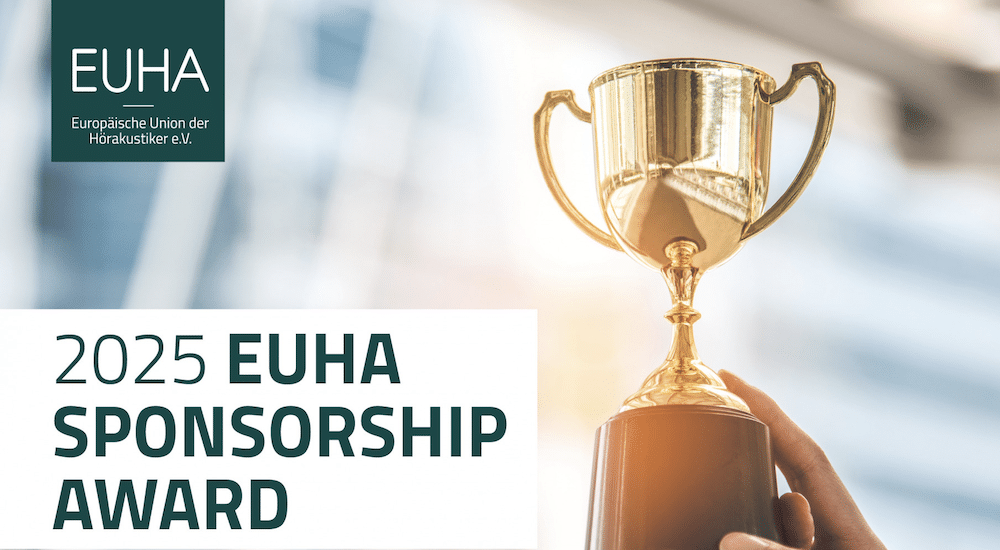New EUHA guideline covers three possible qualification levels for hearing implant services given by audiologists
EUHA's Hearing Implants expert group has published a new guideline for "Implanted hearing systems in auditory acoustics" to serve as a practical recommendation for hearing aid audiologists.

The interdisciplinary group headed by Eva Keil-Becker, EUHA Vice President and master craftswoman of hearing aid acoustics, was set up at the beginning of 2022. It concentrated on the role played by hearing aid audiologists in the context of hearing implant care.
Three qualification levels covered by the new guideline
The guideline centres on the services provided by audiologists based on three possible qualification levels: hearing care professionals without additional qualification in the field of implant care can primarily give advice on the subject, while those with further training and hearing implant service provide wide-ranging support to the persons concerned before and after implantation, and can also carry out services such as maintenance and repairs. The document also covers professionals who have completed further training to become hearing implant specialists, and who can also carry out long-term follow-up care when necessary.
“We would like to see hearing implants of consistently high quality for all those affected,” says Eva Keil-Becker, explaining her commitment. “My colleagues in the hearing aid shops play a large part in this. For a great number of people with hearing loss, they are the most important point of contact, alongside the ENT specialist.”
The leader of the expert group also emphasises the critical function at all skill levels of willingness to work closely with the other disciplines involved in hearing implant care. “To me, it is important that hearing aid acousticians correctly document and interpret all customer data, recognise the cases in which alternative treatment options are indicated, and also provide information about them,” Keil-Becker adds.
The EUHA regularly publishes Guidelines on current topics as practical recommendations for its members and all hearing aid acousticians interested – for instance on “Custom-made earmoulds for fitting hearing systems”, “Wireless remote microphone systems – configuration, verification and measurement of individual benefit”, and on “The practice of calibrating test boxes”.
Download guidelines here.
Source: EUHA


